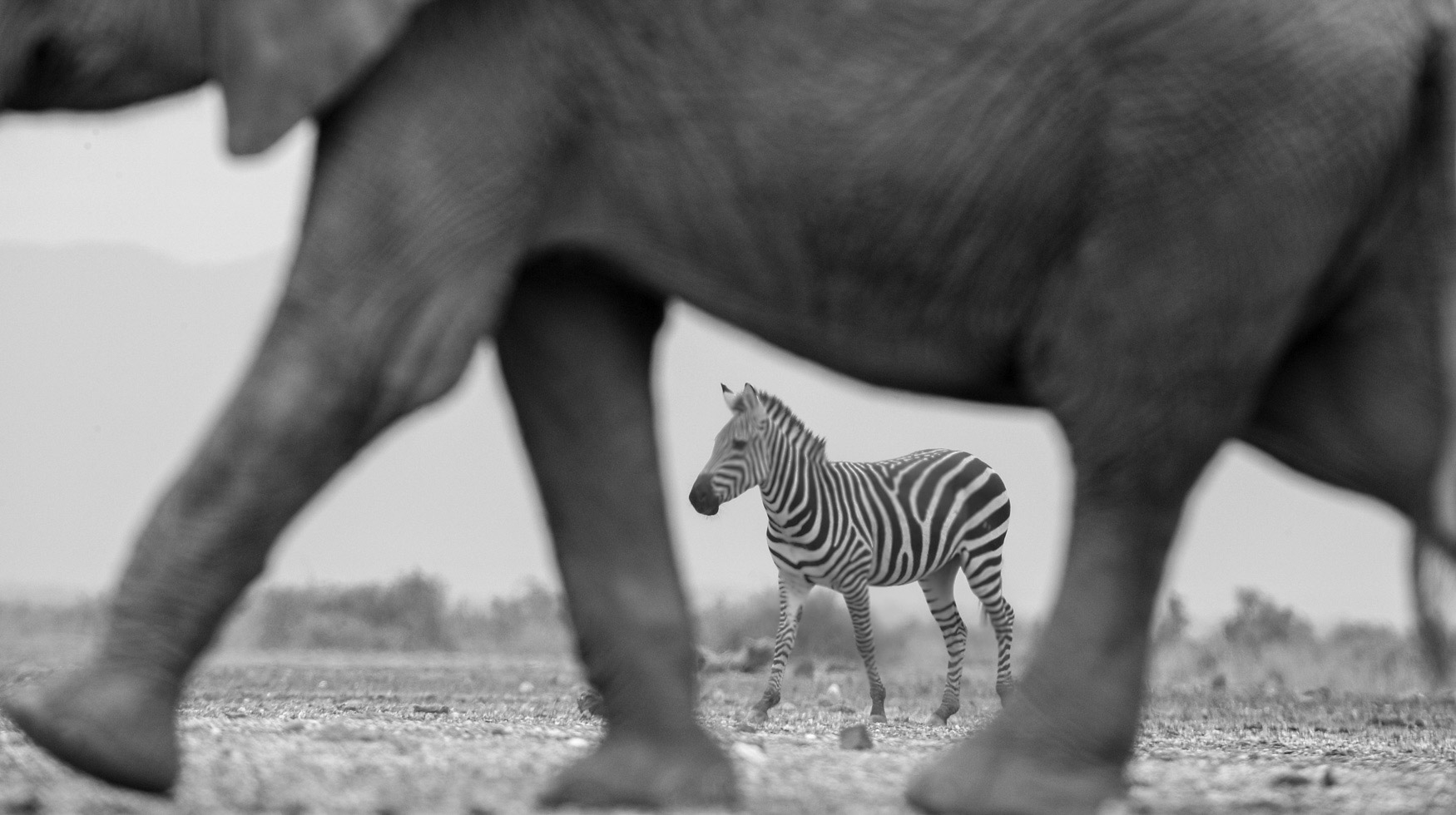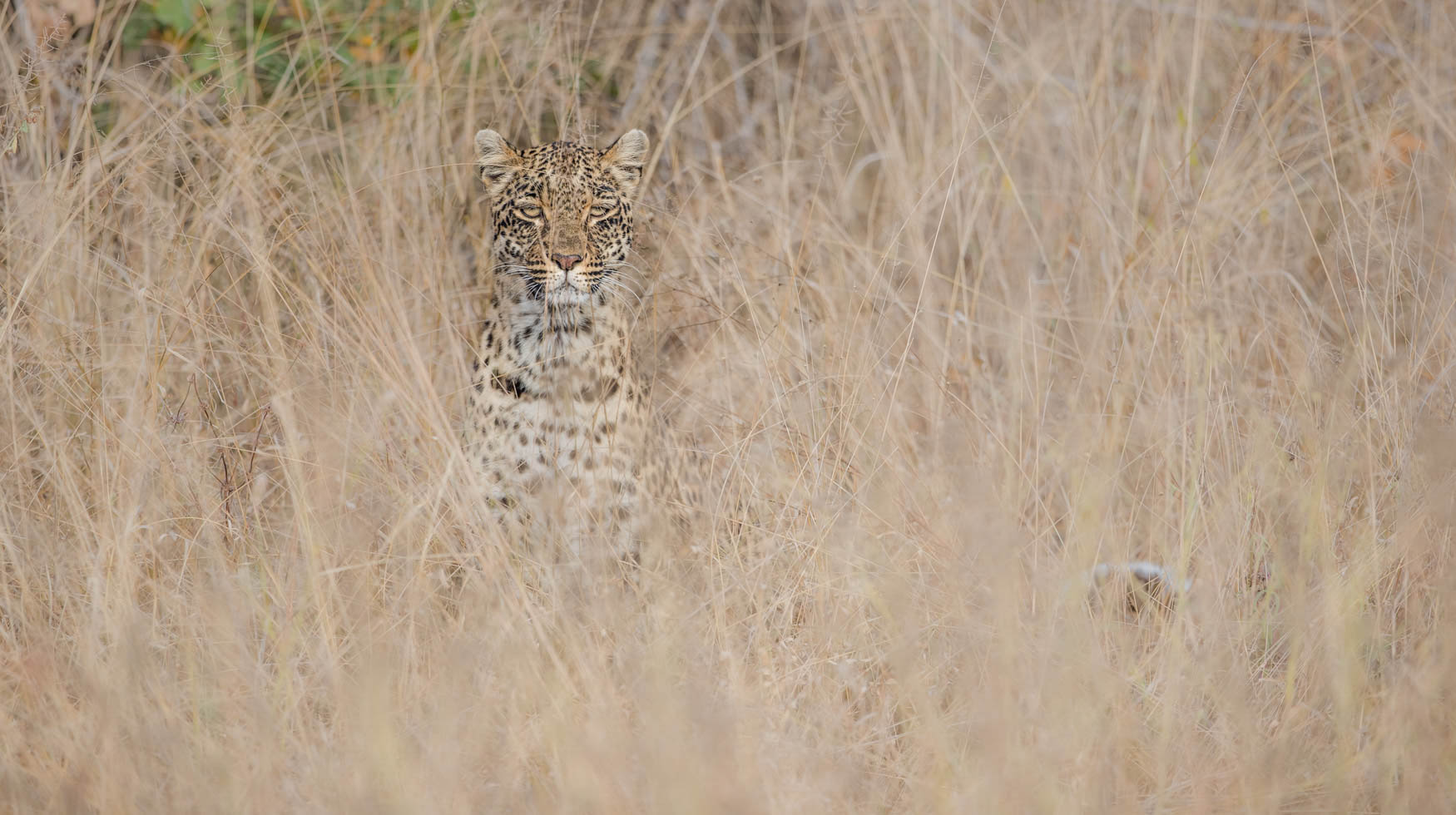Without focus, there is no photograph. Well, at least not one people want to look at for more than a mere second. So the importance of focus in photography is everything really.
In my opinion, it over rules exposure. I say this because you as the photographer will have good room for error on this front. Without going into the details, you can brighten a dark image and/or darken a bright one.
I’d say it over rules shutter speed as well. It used to be impossible top fix blur but ever hear of Topaz Labs? It’s insane! This software gives you the capability to fix slightly blurred and even slightly out of focus areas. Check out a blog I posted about this incredible software here.
In saying that; prevention is better than cure and so accurate focus is a crucial element that can make or break a photograph. Areas that are sharp/in focus will draw the viewer's attention to the subject you’re showing off. It will also create a sense of depth and dimension in the image. A sharp, well-focused image will make a photograph more visually pleasing and can help to convey the intended message or emotion of the photograph.


Tell me; what image did your eye sat on longer. Wait... let me guess; the one on the left?
A photograph that is out of focus can appear blurry and can make the subject difficult to discern, which can detract from the overall impact of the photograph. Therefore, it's important for photographers to pay attention to focus when composing and capturing their images.
There are several different ways to achieve focus in photography. One of the most common ways is through the use of a camera's autofocus feature. Autofocus allows the camera to automatically adjust the lens to achieve a sharp focus on the subject. Many cameras/lenses also have the option to manually adjust focus, which can be useful in situations where the autofocus feature may struggle, such as in low light, when the subject is moving and/or when the subject in very dense vegetation.

The default autofocus setup for most cameras is to use a multi-point autofocus system, which uses multiple focus points across the frame to automatically focus on the subject. I am, and none of you should be a big fan of this. Reason being is because the cameras autofocus system seeks out the greatest contrast in any given scene.
Contrast detection autofocus (AF) systems work by measuring the contrast of the subject and adjusting the lens until the highest level of contrast is achieved. The theory behind this is that a subject that is in focus will have the highest level of contrast. In practice, contrast detection AF can be very unreliable and something to be aware of.
If when taking the image on the right I were using the cameras multi AF system, I would have been so frustrated. I say this because the camera would have kept focusing on the greatest area of contract, which in this case is the sunset amongst the trees ultimately leading to a blurry lion.

To eliminate the risk of missing focus, I personally shoot using a single focus point. This, especially when photographing wildlife, will make my focusing a lot more accurate in low light and/or ‘messy’ (densely vegetated) areas.
It's also important to note that some cameras are equipped with advanced algorithms that use different information, such as colour and texture, to focus on the subject, not just the highest contrast. Regardless of what algorithm your camera favours, I would still highly recommend using a single focus point.
In recent times there has been a massive game changer introduced. Some cameras now have a feature called Eye AF that focuses specifically on the eyes of the subject, regardless of contrast. Keep in mind that not all cameras have the same capabilities and that some cameras might have additional or alternative AF systems.
The link below shows off what Eye AF is and just how well it works.
This technology is absolutely incredible as it allows the camera to quickly and accurately focus on the subject, regardless of its location within the frame and/or the location of your focus point.
With all the above said, and what will follow, please know that there is no right or wrong way of acquiring focus as long as its acquired accurately. Stick to what you’re used to but experiment at times as well.
Speaking of, the list below will showcase my preferred AF set up;
- Autofocus: I use the camera's autofocus system 95% of the time. There are multiple autofocus modes to choose from, such as single-point, multi-point, or continuous autofocus but I stick to my single point for the most part when using a camera with older technology to maximise focus control. When using newer technology, I will make use of eye AF as it is ridiculously accurate.
- Focus mode: AI Servo/Continuous AF. This will give you the ability to whenever you press or half-press for focus, the autofocus will continually change focus in order to keep the subject sharp, even if the subject or the photographer are moving. It is important to note that your AF point will need to always be on your subject for as long as you're depressing your focus button.
- Back Button Focus: This is an absolute game changer! I’ll elaborate more on this soon but by setting this up will result in the smoother use of the net two points.
- Focus Area: I use the centre focus point as much as possible because many cameras have a centre focus point that is more sensitive than the others. Using this point will often result in faster and more accurate autofocus. In saying this, I still do move my AF point around if I’m shooting moving subjects but do put the AF point back to the centre when we start moving along again.
- Manual Focus: I often make use of the manual focus ring on my lens. In some situations, like low light or dense vegetation, autofocus may struggle. In these cases, switching to manual focus and adjusting the focus ring yourself may give you better results.
The best way to set up your autofocus will vary depending on the specific camera and/or shooting situation. It's important to experiment and find what works best for you and your camera and keep in mind that what works best for one person may not work for you. That said, make back button focus work for you. It is such a time saver and a must in my opinion.
What exactly is this back button focus and how it will add to the importance of focus in photography?
Back button focus is a technique used in photography that allows the photographer to separate the focus and exposure/shutter functions of the camera. This technique utilizes a button on the back of the camera, typically labelled "AF-ON" or "AE-L/AF-L", to control the focus, while the shutter button is still used to control the exposure.
Your camera’s default when you press the shutter button halfway down, will both focus and meter the exposure. With back button focus, you will be able to focus the camera by pressing the back button, and then take the picture by pressing the shutter button.
This allows you as the photographer to keep the focus locked on the subject while they recompose the shot, or track a moving subject without the focus changing.
This technique is particularly useful for photographers who shoot in AI Servo/continuous autofocus mode, as it allows them to maintain focus on a moving subject without having to keep the shutter button pressed halfway. It also allows them to have more control over the focus point, as they can select the specific focus point they want to use and keep it locked on the subject, even if the subject moves.
Back button focus is not a standard feature in all cameras, and some cameras may require a custom setting to enable it. It also takes some practice to get used to, as it requires the photographer to separate the focus and exposure functions in their mind and muscle memory.
Trust me when I say, once mastered, it will be the only way you would want to shoot as you will have more control and I can assure you that it will take your photography to the next level.
Here are a few points on why I love back button focus;
- Greater Control over Focus: By separating the focus and exposure functions, you have more control over the focus. You can select the specific focus point you want to use and keep it locked on the subject, even if the subject moves.
- More Accurate Tracking of Moving Subjects: By using the back button to focus, you can track a moving subject more accurately without the focus changing when you press the shutter button. This is especially useful for sports, action and wildlife photography.
- Easier Recomposing of Shots: With back button focus, you can maintain focus on the subject while you recompose the shot, without having to press the shutter button halfway down to maintain focus.
- Improved Focus in Low Light: By using the back button to focus, you can achieve focus in low light situations more easily, as the camera does not have to meter the exposure and focus at the same time.
- More Consistency in Focus: By using back button focus, you can achieve more consistency in focus, as you will have more control over the focus point and can lock it on the subject.
- Increased Flexibility: By using back button focus, you can be more flexible with your compositions, as you can achieve focus and exposure separately, you can create images with a shallow depth of field and play with the light and exposure.
- Better Handling of burst photography: Back button focus is ideal for burst photography as it allows the you to keep the focus locked on the subject while taking multiple shots, this is useful for capturing fast-moving action.
A few years back I hosted a webinar in which I do a deep dive in to Back Button Focus, how to set it up and the AF system in general. If improving your photography is a what you’re looking for, the below video is a must watch.
Now in conclusion, remember, focus is a critical element in photography that can greatly impact the overall impact of the photograph. By understanding how to achieve focus through the use of the various ways, and everything that goes hand in hand with it, you can create visually pleasing and impactful photographs that effectively convey their intended message or emotion.
If you need any assistance and/or have any questions about your cameras focusing system and/or anything else, please feel free to reach out.
Until then, happy snapping!
